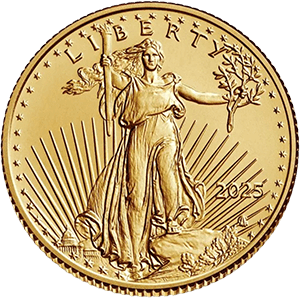
In the world of coin collecting, double-die Lincoln cents hold a special place due to their rarity and the intriguing story behind their creation. A double-die error occurs when a coin is struck twice, leaving behind a visible, shifted image. This error can happen during the minting process, often when the die is improperly aligned, resulting in a “doubling” effect on the coin’s design. Double-die coins are particularly sought after by collectors, especially when the error is noticeable and impactful.
Famous Examples of Double-Die Lincoln Cents
The 1955 Double-Die Lincoln Cent is perhaps the most famous example, known for its strong, prominent doubling on the date and inscription. This error is one of the earliest and most recognizable in numismatic history, making it a prized possession among collectors. Similarly, the 1972 Double-Die Lincoln Cent is also highly sought after, particularly for its more subtle but distinct doubling that makes it identifiable to the trained eye.
Why Double-Die Lincoln Cents Matter to Collectors
Double-die errors are rare and can significantly increase the value of a coin. The Lincoln Cent, first introduced in 1909, is one of the most collected coins in the United States, and double-die versions are among the most coveted. Collectors are drawn to the unique nature of these coins, as they offer a tangible piece of minting history. Because these errors are not easy to spot and require a keen eye to identify, they often carry a premium price on the secondary market.
How to Spot a Double-Die Coin
Recognizing a double-die Lincoln cent can be tricky without a magnifying glass or microscope. The error is typically most visible in the inscriptions and numbers, with the doubling appearing as a shadow or a second, misaligned image. Look closely at the date, Liberty, and In God We Trust areas for any signs of doubling.
Ready to see if you have a double-die Lincoln cent hiding in your collection?
In Part 2, we’ll show you exactly how to identify these rare coins, avoid common mistakes, and understand the grading process that determines their value.

